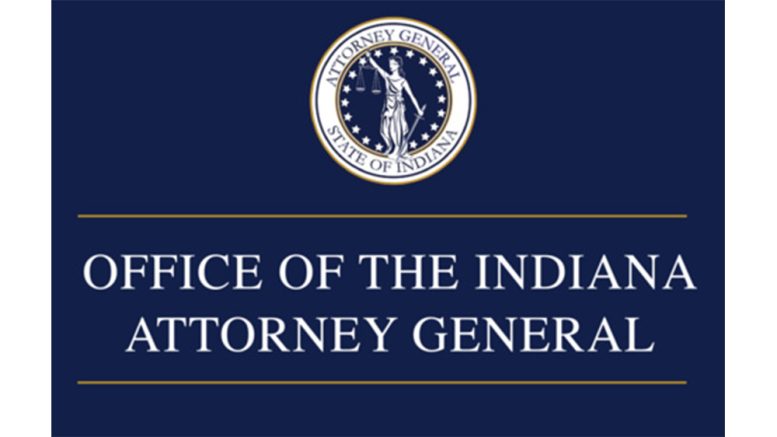Attorney General Rokita credits success to teamwork with local governments
Indiana Attorney General Todd Rokita has successfully brought together every Indiana city, town, and county to participate in a historic $508 million settlement that will bring massive relief to Hoosiers struggling with the devastating effects of the opioid epidemic.

Rokita
“Indiana will now receive a huge amount in opioid settlements – the second largest in Indiana history,” AG Rokita said. “Over $18 million will be distributed to Hoosiers as a result of big pharma’s opioid push. This is just one of the many payments yet to come, which will be followed by more payouts to help prevent future addiction and aid those with current addictions.”
Achieving the participation of all 648 political subdivisions in Indiana – i.e., cities, towns, and counties – required overcoming several obstacles. The most significant impediment came from outside attorneys who initially convinced several individual communities to pursue their own litigation rather than opt into the statewide settlement.
Later, once those same private attorneys conceded the best course was to join the statewide settlement, some of them insisted on building into the disbursement plan greater windfalls for themselves.
“Many Hoosiers have sadly lost their lives or loved ones due to overdoses,” AG Rokita said. “In an attempt to make billions of dollars for themselves, they deceptively marketed drugs like OxyContin, which highly contributed to the nationwide opioid epidemic. Considering the damage done to families throughout Indiana, I am relieved to finally see some bit of justice served.”
The settlement funds will support local law enforcement efforts, drug task forces, regional treatment hubs, and early intervention and crisis support, among other important programs.
The settlement framework continues to be a 50-50 split between the state and local governments.
Thirty percent of the settlement funds with “no strings attached” is split evenly between local communities and the state. That 30 percent can be used however local communities and the state choose to use them.
The other 70 percent is designated for opioid abatement efforts in local communities. State leaders decide exactly how to allocate half that amount – or 35 percent of the total. And this year’s legislation now ensures that local governments decide exactly how to allocate the other half of that total.
“Local government is closest to the people and most aware of community needs,” AG Rokita said. “So that’s where the best decisions can be made regarding exactly how to spend these funds. Just as I did as Secretary of State and in Congress, I will continue to trust the wisdom of local leaders.”

